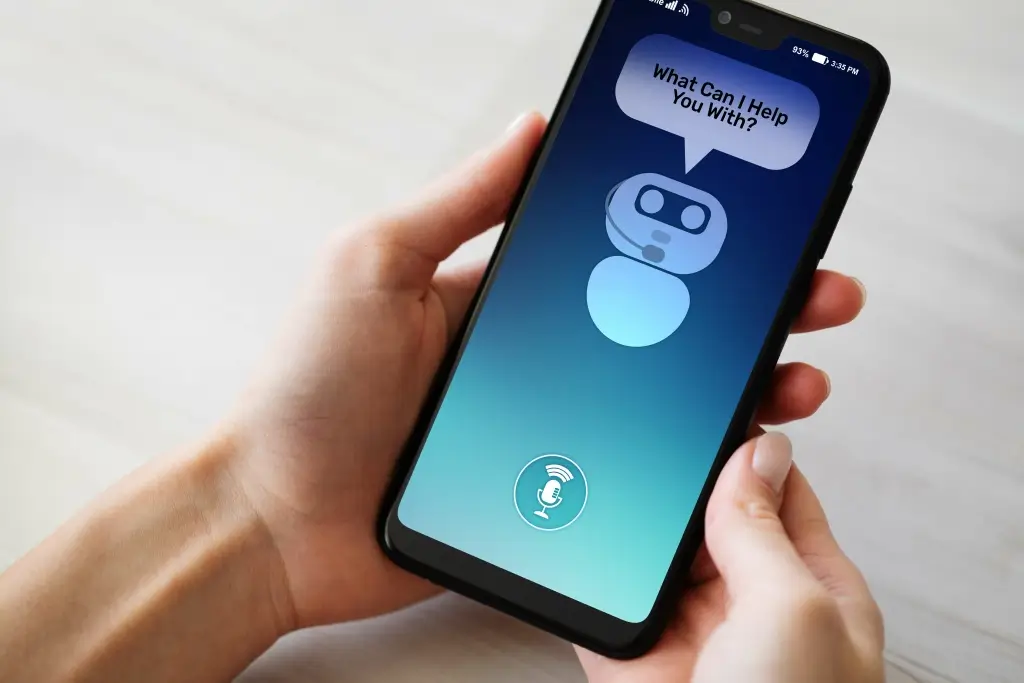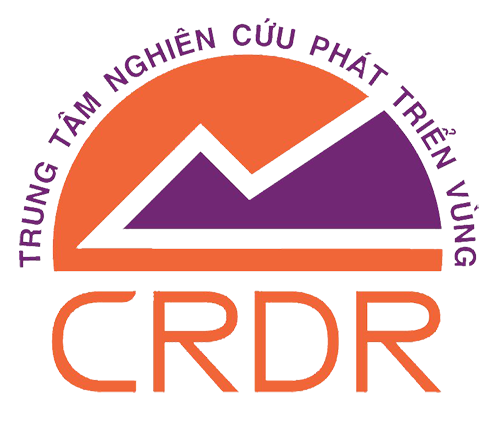How Chatbots For Insurance Are Being Used In 2022

It helps users through how to apply for benefits and answer questions regarding e-legitimation. Tokio is a great example of how to use a chatbot in providing proactive support and shortening the sales cycles. The chatbot currently handles up to two-thirds of the company’s inbound insurance queries over Web, WhatsApp, and Messenger. It serves customers with quotes, policy renewal, and claims tracking without any human involvement.

This way, your marketing team can put more energy into crafting highly targeted campaigns. Your chatbot can serve as the first point of contact for website visitors, asking preliminary questions to gauge eligibility for specific insurance policies. This not only increases application rates but also ensures that customers find the policies most suited to their needs.
What is an insurance chatbot?
In a world full of clutter, where brands are brutally competing against each other to be a part of our lives, chatbots stand out. Because of the sole reason that they give the user exactly what they’re looking for. Moreover, AI enables them to be smart enough to remember the user’s past choices and accelerate the process for them.
- The conversation can vary based on the business event and the customer’s situation.
- Insider also pointed out that AI’s “rapid rise” means regulation is currently behind the curve.
- A virtual assistant answers prospects’ and customers’ questions, triggers troubleshooting scenarios, and collects data for human agents to resolve complex issues.
- They help effectively manage customer requests with instant responses and boost their experience and satisfaction.
60% of consumers think humans are able to understand their needs better than chatbots. In terms of bot maturity, 67% of chatbots are still at a basic maturity level, 20% are at a moderate level and only 13% are at an advanced maturity level. It is important to understand that AI chatbots that are having a conversation with you are constantly running statistics to know what to say to you next. They need to keep learning from experience and from large volumes of data. Here are 3 effective use cases for AI conversational chatbots that insurance providers are in the process of evaluating and implementing.
Benefits of insurance chatbots for customers
The bot can ask questions about the customer’s needs and leverage Natural Language Understanding (NLU) to match insurance products based on customer input. Chatbots are capable of handling simple L1 queries, which tend to be repetitive. This means that support agents no longer have to spend time on these types of queries and can instead focus on more complex customer tickets.

As the world becomes more and more digital, policyholder and consumer expectations change. Check how they provided guidance to their customers, affected by the storm Malik. By clicking submit, you consent to allow Duck Creek to store and process the personal information submitted above to provide you the content requested. The response involves a counter query, appeal, seeking additional information, or processing a transaction. Streamline filing accident claims, providing claim status updates, and paying settlements.
Such focus is due to the use of intelligent personal assistants to streamline processes and AI-enabled bots to uncover new offers for customers. They’ll make customer contacts more meaningful by shortening them and tailoring each one to the client’s present and future demands. Using an insurance chatbot significantly reduces an insurer’s customer support costs, since a single chatbot can handle the volume of queries that would otherwise require a large customer care staff. It is a product that requires a significant investment on the part of the customer, not just financially, but also in terms of time and attention.

AI bots make it easier for insurance companies to scale their customer support operations as their business grows. This is particularly important for fast-growing insurance companies that need to maintain high levels of customer satisfaction while rapidly expanding their customer base. Our insurance chatbot is providing first-class customer service and generating insurance leads on autopilot. Around provides customers with highly personalized recommendations and also allows customers to renew policies and make claims without assistance from insurance agents.
Deployed on the company’s website as a virtual host, the bot also provides a list of FAQs to match the customer’s interests next to the answer. It makes for one of the fine chatbot insurance examples in terms of helping customers with every query. Tour & travel firms can use AI systems to effectively deal with the changing post-pandemic insurance needs and scenarios. They can use AI risk-modeling to assess risk in real-time and adjust policy offerings accordingly. Adding the stress of waiting hours or even days for insurance agents to get back to them, just worsens the situation.
Don’t tell anything to a chatbot you want to keep private – CNN
Don’t tell anything to a chatbot you want to keep private.
Posted: Thu, 06 Apr 2023 07:00:00 GMT [source]
Check how they enhance customer experience with their AI chatbot solution. Here you can see an example of an insurance conversational app in action. In this demo the customer responds to a promotional notification from the app which is upselling an additional policy type for said customer. Then, using the information provided, the bot is able to generate a quote for them instantaneously. The customer can then find their nearest store and get connected with an agent to discuss the new policy, all within a matter of seconds. Not only this, but customers are able to make claims 24/7, without needing to wait for contact center opening times or an agent to become available.
Claims Processing:
Waiting days for a reply to an email or sitting on hold for an insurance agent doesn’t meet the expectations of today’s digital consumer. Insurance is a tough market, but chatbots are increasingly appearing in various industries that can manage various interactions. These interactions include aiding with travel plans and end-to-end booking or utilizing medical records for planned visits and prescription delivery. Chatbots will transform many industry sectors as they evolve, shifting the process from reactive to proactive. Maya assists users in completing the forms necessary for obtaining a quote for an insurance policy.

Whether they’re looking for quotes, seeking to file an insurance claim, or simply trying to pay their bill, they want an immediate response that is personalized, accurate, and aligned with their high expectations. Watsonx Assistant’s advanced AI chatbots use natural language processing (NLP) to streamline fast, accurate answers that optimize customer experiences, brought to you by the global leader in conversational AI. An insurance chatbot powered by artificial intelligence is a virtual assistant capable of communicating with clients via instant messaging platforms, websites, or mobile applications. The implementation of chatbots provides numerous benefits for the insurance industry. By leveraging AI and natural language processing capabilities, chatbots offer enhanced customer service experiences, 24/7 availability and efficient handling of routine inquiries and transactions.
Five reasons why internal chatbots are good for your business.
They are often used in the insurance industry to streamline customer interactions and provide 24/7 support. Fraudulent activities have a substantial impact on an insurance company’s financial situation which cost over 80 billion dollars annually in the U.S. alone. AI-enabled chatbots can review claims, verify policy details and pass it through a fraud detection algorithm before sending payment instructions to the bank to proceed with the claim settlement. Insurance chatbots are built to integrate with various systems and platforms.
Microsoft introduces an A.I. chatbot for cybersecurity experts – CNBC
Microsoft introduces an A.I. chatbot for cybersecurity experts.
Posted: Tue, 28 Mar 2023 07:00:00 GMT [source]
Using this data, it can give tips and reminders that are actually useful. Additionally, these bots are really good at understanding how customers act and what they like. For example, if a customer gets a new car, the insurance chatbot might suggest getting more coverage for that car. Providing omnichannel, 24/7, and multilingual support are just a few of the apparent advantages that sophisticated conversational AI chatbots for the insurance industry can offer. These features help to create exceptional, high-quality customer experiences. You can monitor the overall performance via chatbot analytics and figure out what is working and what is not.

Considering the time and effort that goes into claiming, this should be one of the first activities you should consider automating to improve customer service in the insurance sector. Providing answers to policyholders is a leading insurance chatbot use case. Bots can be fed with the information on companies’ insurance policies as common issues and integrate the same with an insurance knowledge base.
Chatbots are becoming crucial in delivering better help to clients, allowing many businesses to streamline and improve the customer experience at every stage of the process. Several insurance companies have moved their priority to quickly respond to client concerns. The capacity to respond to consumer queries has become a vital component to the success of the company.
An insurance chatbot is an AI-powered virtual assistant solution designed to cater to the needs of insurance customers of their journey. Insurance chatbots are revolutionizing the way insurance brands acquire, engage, and serve their customers. The use of human agents and chatbots in the insurance industry can work together to provide customers with a better experience. By combining the strengths of both, insurance companies can improve efficiency, reduce costs, and enhance the overall customer experience.
Read more about https://www.metadialog.com/ here.
